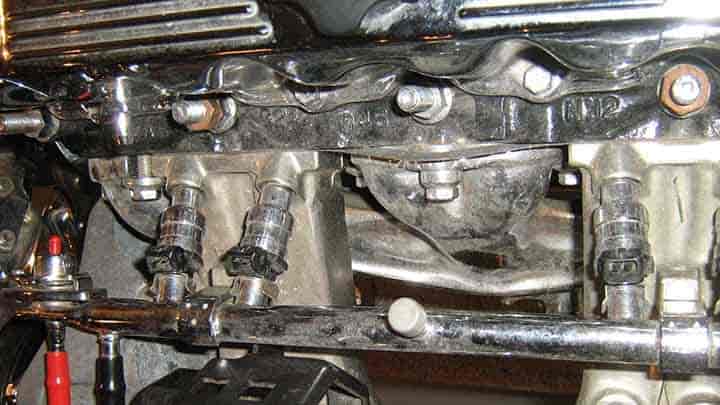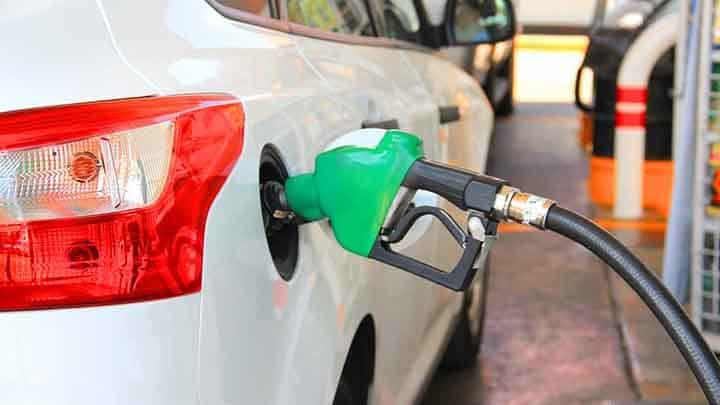
The internal combustion process depends on air and fuel to be mixed and ignited. This is how the engine produces energy for the wheels to rotate underneath the vehicle. There are several sensors, such as the airflow sensors and emissions sensors, that work hard to make sure the correct balance of air and fuel is mixed together before the combustion occurs in the cylinders.
Unfortunately, there is any number of issues that can arise which jeopardizes the balance of air and fuel. You might have a situation where more fuel and less air are mixed together, resulting in a rich air-fuel mixture. Oppositely, you could have more air and less fuel get mixed together and cause a lean air-fuel mixture. Either circumstance can limit the functionality and performance of your car engine. To fix the mixture problem, you need to understand the different causes of rich air-fuel mixture and lean air-fuel mixture.
Rich Air Fuel Mixture
When you have a rich air-fuel mixture because more fuel than air is ignited in the combustion chamber, it will result in all sorts of symptoms. You will smell a foul rotten egg stench in the cabin because excessive amounts of fuel are getting burnt. The fuel efficiency of your vehicle will decrease greatly because more fuel is consumed for the same amount of driving that you normally do. Worst of all, carbon monoxide levels increase when more fuel is burnt in the chamber.
The possible causes of rich air-fuel mixture are as follows:
1) Bad Oxygen Sensor
The oxygen sensor helps the engine control unit determine the amount of fuel that must go into the internal combustion chamber. It detects if less or more oxygen is ignited in the chamber. But if the sensor is faulty, the engine control unit may think there is less oxygen than there really is. So, it’ll cause more fuel to enter the chamber than is needed.
2) Air Filter is Dirty
If you don’t change your air filter regularly, it will get dirty and prevent new air from getting through it. This restricts the amount of air that can enter your engine when needed.
3) Bad Throttle Position Sensor
The throttle position sensor is an emissions sensor which detects the position of the throttle plate in the air intake system. This determines how much air can go into the chamber. If the sensor is faulty, then it may restrict the amount of air that enters the chamber. This causes more fuel to be in there as a result.
Read also:
- 5 Symptoms of a Rich Air-Fuel Mixture in Your Car
- 5 Symptoms of a Bad Flywheel in Your Car
- 5 Symptoms Low Engine Oil in Your Car
Lean Air Fuel Mixture
When you have a lean air-fuel mixture, it means that you have more air than fuel getting ignited in the combustion chamber. Without enough fuel in the chamber, your engine won’t generate enough power to perform properly. Then your acceleration will suffer greatly because you won’t go faster when you step on the gas pedal. To make matters worse, your car may not start at all.
The possible causes of a lean air-fuel mixture are as follows:
1) Bad Fuel Injectors
If you have bad or clogged fuel injectors, they won’t put the right amount of fuel into the combustion chambers. This means more air will be in there. You’ll need to clean your injectors or replace them if they’re damaged.
2) Bad Oxygen Sensor
The oxygen sensor is important for the engine control unit to determine whether to make the air-fuel ratio have more fuel or more air. If the oxygen sensor is bad, then it could cause more air in the mixture just as easily as it could cause more fuel.
3) Bad Air Flow Mass Sensor
The air flow sensor detects the amount of air going into the engine and then transmits it back to the engine control unit. Based on this, the computer adjusts the air-fuel mixture accordingly. But if the computer thinks there is less air in the engine than there really is, it may cause the intake valve to let more air flow into the engine.


